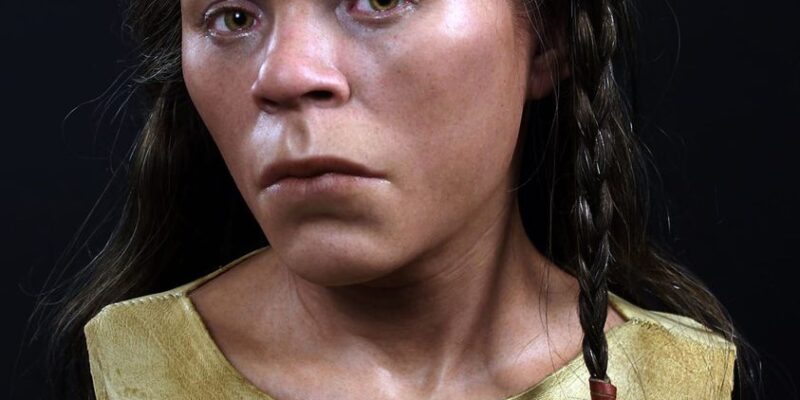
It’s been four millennia, but a sculptor armed with his skills and a little help from the latest technology has revealed what one of the most important remains ever found in Scotland looked like. Visitors to the Kilmartin Museum will soon be able to see what the “Upper Largie Woman” looked like in the flesh.
The Upper Largie Woman’s remains served as a remarkable archaeological find. Discovered in 1938 at Upper Largie, a prehistoric burial site in Kilmartin Glen, this female burial dates back to the Neolithic period, around 3,500 to 2,500 BC. The Upper Largie Woman is significant not only for her age but also for the insights she provides into the culture and society of her time.
More than 4,000 years ago, a young woman who died in what is now Scotland was buried in a crouched position within a stone-lined grave. She remained buried for millennia, until excavators at a stone quarry unexpectedly unearthed her bones in 1997, explains Live Science.
Little is known about the woman — dubbed Upper Largie Woman after the Upper Largie Quarry — but now, a new bust-like reconstruction reveals how she may have looked during the Early Bronze Age.
The reconstruction, which went on display Sept. 3 at the Kilmartin Museum in Scotland, shows a young woman with dark braided hair who is wearing a deer-skin outfit. And she appears to be looking at someone nearby.
“Making a reconstruction I usually think that we are looking into their world, [meaning] they don’t see us,” Oscar Nilsson, a forensic artist based in Sweden who crafted the woman’s likeness, told Live Science in an email. “I thought it could be an interesting idea to twist this a bit, and actually thinking that she can see us. And as you can see, she looks a bit critical to us (I don’t blame her for that…)!”
The Upper Largie Woman is a remarkable archaeological find that sheds light on Scotland’s ancient past. Discovered in 1938 at Upper Largie, a prehistoric burial site in Kilmartin Glen, this female burial dates back to the Neolithic period, around 3,500 to 2,500 BC. The Upper Largie Woman is significant not only for her age but also for the insights she provides into the culture and society of her time.
For visitors to Kilmartin Museum the impact of seeing such a realistic figure from prehistory is “unbelievably evocative”, Sharon Webb, the archaeologist and curator who helped bring the museum displays to fruition, told The Times.
“The people who have already seen her are surprised. They say: ‘Oh my gosh — I didn’t think she would look like us!’ She really makes an impression.
“If you see a human skeleton in a museum, it might give you a sense of your own fleeting life, but when you look directly into the face of a person who lived in Kilmartin glen 4,000 ago, and walked near here, the impact is altogether different.”
The Upper Largie Woman’s burial was accompanied by several grave goods, including pottery, flint tools, and a distinctive necklace made of boar tusks and shale beads. This suggests that she held a special status within her community, perhaps as a shaman or a leader. Her skeleton’s crouched position, a common burial practice in the Neolithic period is thought to have symbolic significance related to the cycle of life and death.
Furthermore, the Upper Largie Woman’s discovery highlights the rich archaeological heritage of Kilmartin Glen, which is known for its concentration of ancient monuments, including standing stones and stone circles. Her existence reminds us of the enduring connection between the people of the Neolithic era and the landscape they inhabited. Through careful analysis and continued research, archaeologists and historians continue to piece together the story of the Upper Largie Woman, offering us a glimpse into Scotland’s distant past and the lives of its ancient inhabitants.


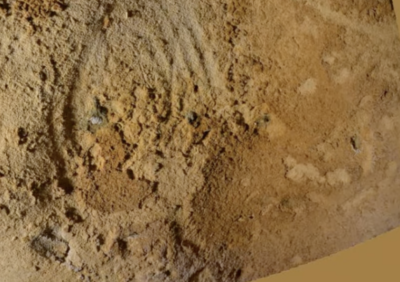




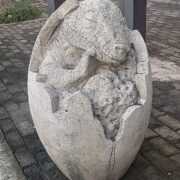
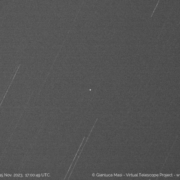
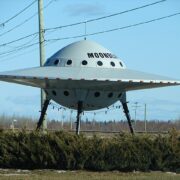
Do this for all Cold Case crime victims etc too worldwide